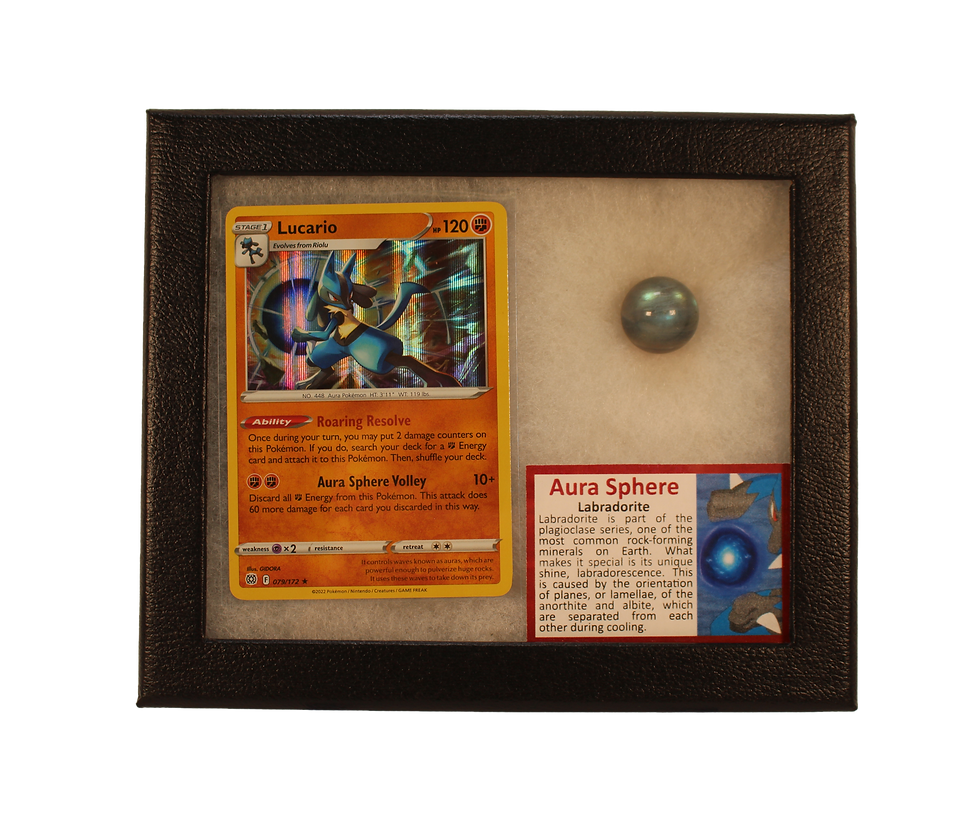Roman Era Glass Bottom
Ca. 3rd - 5th Century A.D
Discovered throughout the Roman World
- Each piece will be unique in color, shape, flaws. You will receive a piece similar to the one photographed.
- Ancient Roman Glass History
Roman glass gems is a one of a kind reusing of the components and history.
Roman glass is the aftereffect of a shocking piece of notable craftsmanship going back 2,000 years to the hour of the Roman Empire. In 63 BC, the Romans vanquished the Syro-Palestinian region and got back to Rome with gifted glass creators. Before then, at that point, glass was accessible just to the affluent and was made by center shaping, projecting, cutting and crushing. With the innovation of the glass blowing around 50 BC, glass in a split second opened up to the less affluent public. The Roman glass industry quickly created over two or three ages during the primary portion of the principal century A.D. Glass vessels became ordinary all through the realm and were traded to places as distant as Scandinavia and the Far East. Individuals of the Roman Empire utilized more glass than some other antiquated development.
At the level of its fame glass was available in practically every part of everyday Roman life. Little boxes and containers were utilized to hold toiletries, beauty care products, oils, medications, spices, and scents. Vendors and merchants stuffed, sent, and sold food items and different products across the Mediterranean in glass containers and containers of every kind imaginable. Glass was utilized for intricate floor and divider mosaics, mirrors, and windowpanes openly showers to forestall drafts. Supper tables were loaded down with shimmering glass bowls and recepticles in each tone, holding wine, organic product, and spice mixed olive oils.
Antiquated Israel was one of the biggest glass makers of the Roman Empire with its huge stretches of sandy rises and sea shores. Roman glass was made by utilizing sand, soluble base, sodium carbonate, and metal shading specialists and was framed with kelp and lime. Roman glass making was a high craftsmanship, delivering things in a huge scope of varieties, examples and complex methods. Copper was utilized to make turquoise to light blue, green, or red hued glass. Cobalt made glass dull blue. Manganese and antimony were utilized to make the glass yellow, white, and purple. Iron was utilized to make a light blue, green, brown and dark tone. The wide cluster of varieties were decided to copy the shades of gemstones, for example, lapis, amethyst, and turquoise. Indeed, even today, researchers can't distinguish each of the parts of Roman glass making and the workmanship has been to some degree lost.
Similar sands used to make the glass helped save it as the centuries progressed, forming and shaping it into the lovely pieces unearthed today. 2,000 years of internment in minerals and soil joined with wind and weather conditions has brought about pigmented stores on the outer layer of the glass. Through oxidation, the shade has formed into lovely patinas of blues and greens, albeit other more extraordinary tones can in any case be found.
earthegy old Roman glass gems empowers you to wear a completely remarkable piece of 2,000 year old history. Your Roman glass adornments has a previous existence that started as a family object made by a talented skilled worker of an under-appreciated skill. It has been changed commonly into another work of art...unique for you. A neckband, a wristband, a couple of old Roman glass earrings...each carefully assembled piece is unique and the aftereffect of more than 2000 years of history, craftsmanship, and nature consolidating their endeavors.
top of page
SKU: HTRO9
$20.00Price
Related Products
bottom of page



















